What is the FIFO Method of Inventory Control

The FIFO or First-In, First-Out inventory method is probably one of the most popular used by companies to manage their stocks. It lies on the rationale that the products oldest in (first-in) should be utilized or sold prior (first-out). This can work well especially with companies operating in perishables, including drugs, food products, and similar […]
Cost Accounting Quiz Challenge
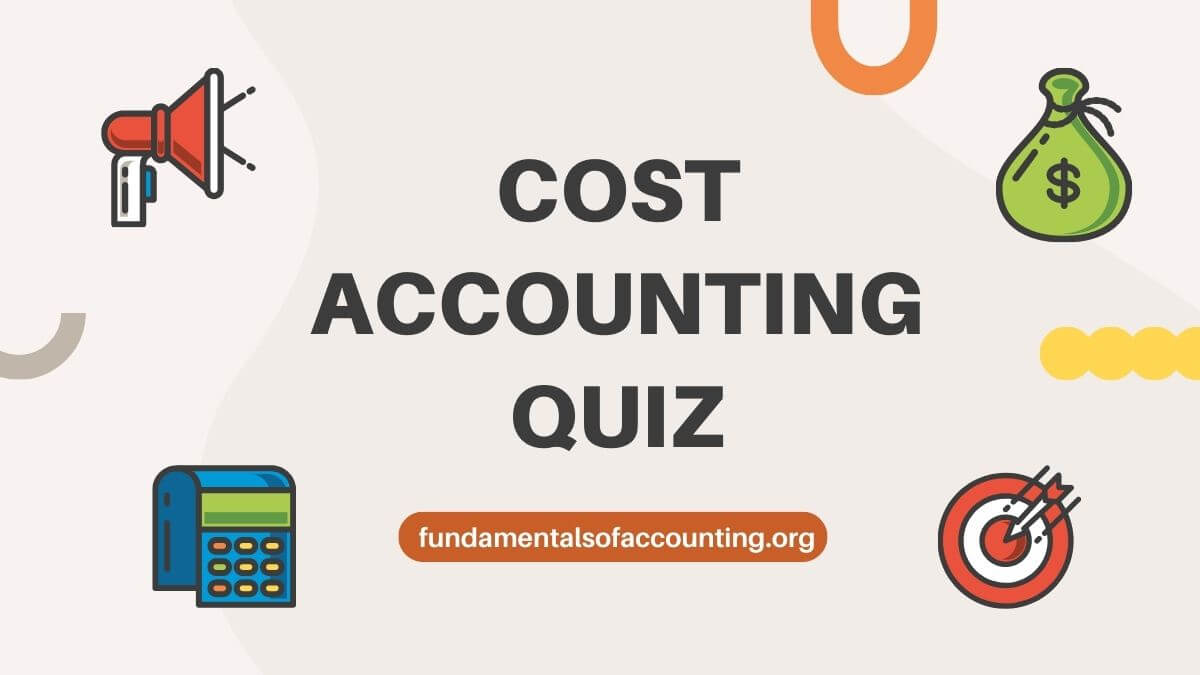
1. What is the primary objective of cost accounting? a) Maximizing profits b) Reducing costs c) Providing financial reports d) Facilitating decision-making 2. Which of the following is an example of a variable cost? a) Rent b) Depreciation c) Direct materials d) Salaries of top-level managers 3. The formula to calculate the contribution margin is: […]
Roles and Functions of Management Accountants
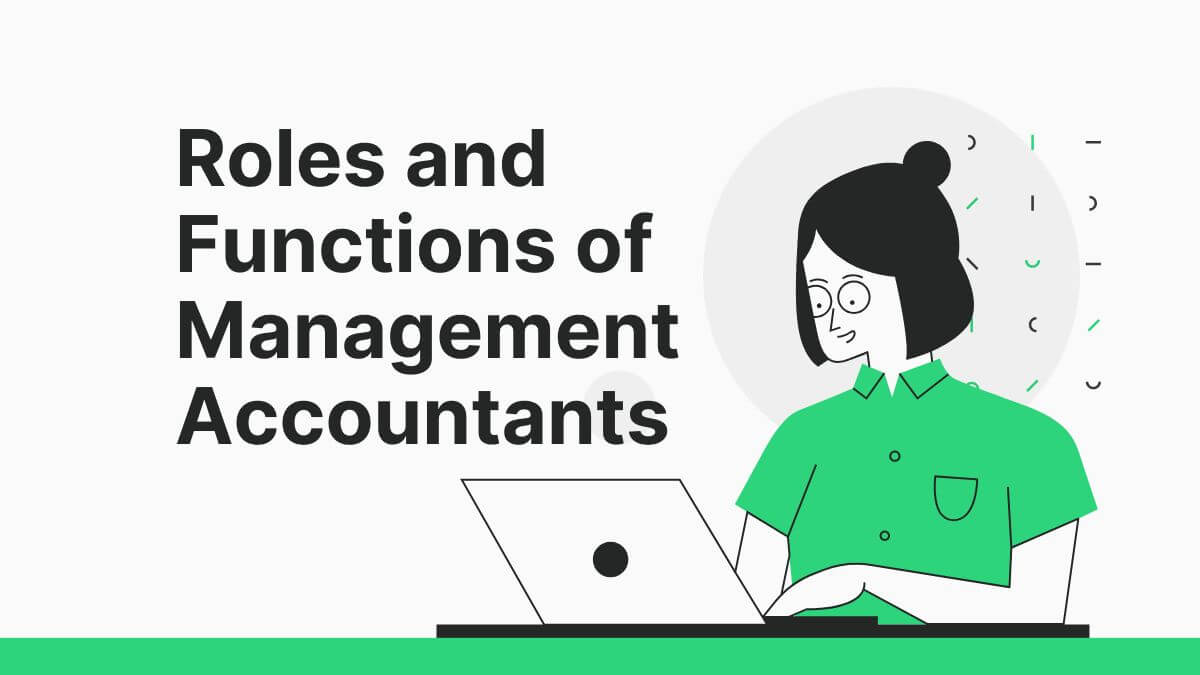
The role of management accountants has evolved over the years from being solely focused on cost accounting to including a range of functions such as budgeting, forecasting, performance analysis, risk management, and strategic planning. Management accountants play a vital role in helping businesses make informed decisions and achieve their financial goals. They are responsible for […]
What is Material Mix Variance? Meaning and Treatment

Material mix variance is a measure of the deviation in the usage of different materials from standard or expected usage. In other words, material Mix Variance measures the difference between the cost of the standard proportion of materials and the actual proportion of materials consumed in the production process during a period Material Mix Variance […]
What is Sales Volume Variance? | Formula
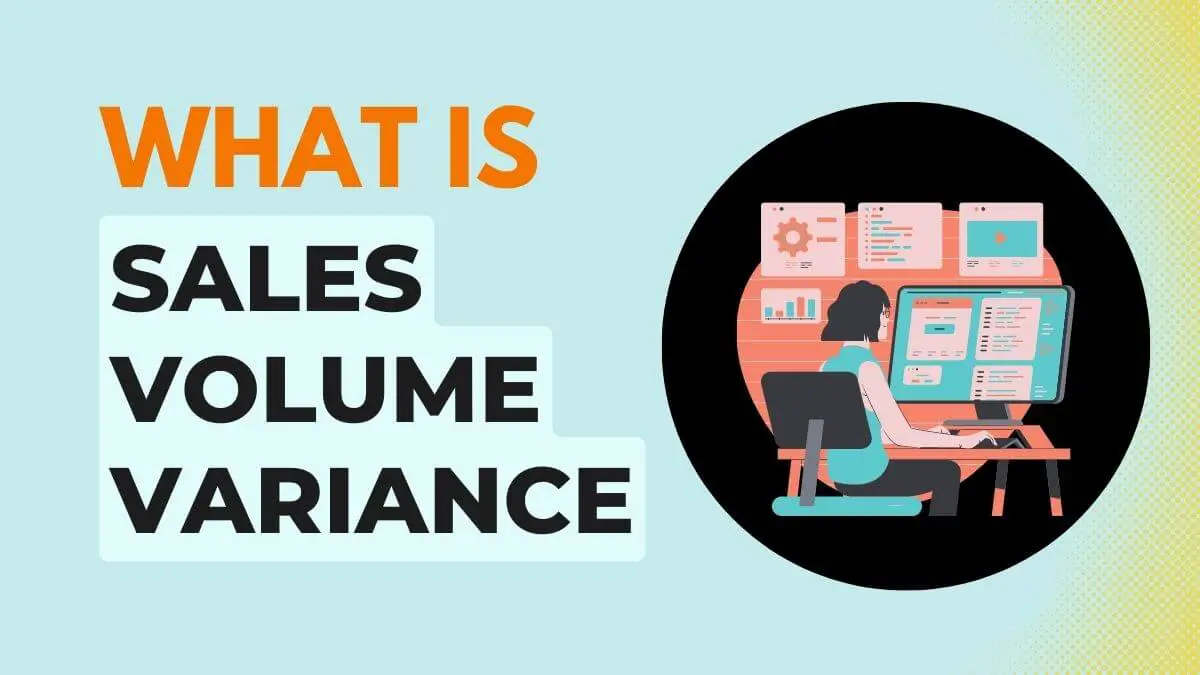
Sales volume variance is an important concept in accounting and finance that helps businesses understand how their sales performance differs from their original expectations. In this blog post, we will explain sales volume variance, why it is important, and how it is calculated. What is Sales Volume Variance? Sales volume variance measures the difference between […]
What is Reorder Level in Cost Accounting?

Introduction Cost accounting is essential for businesses to understand their costs and make informed decisions. One of the key concepts in cost accounting is the reorder level, which is when a business needs to reorder inventory to maintain a sufficient stock level. This blog post will discuss the reorder level, how it is calculated, and […]
Meaning and Explanation of Service Costing
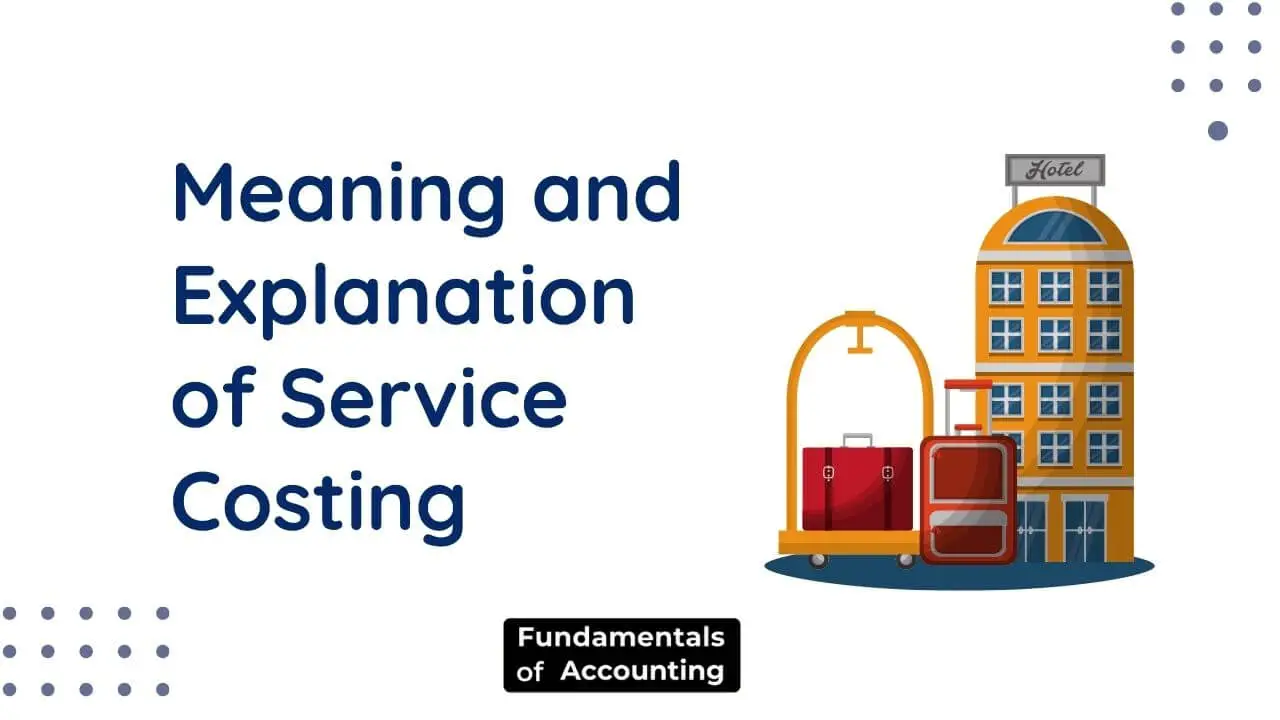
The term “service costing” refers to the method of calculating the cost per unit of service given. It also refers to the price of particular functions. For instance, maintenance, personnel, and canteen. These are sometimes referred to as service departments, centres, or functions. Service costing is a way to calculate the cost of services. After […]
What is Fixed Overhead Volume Variance?
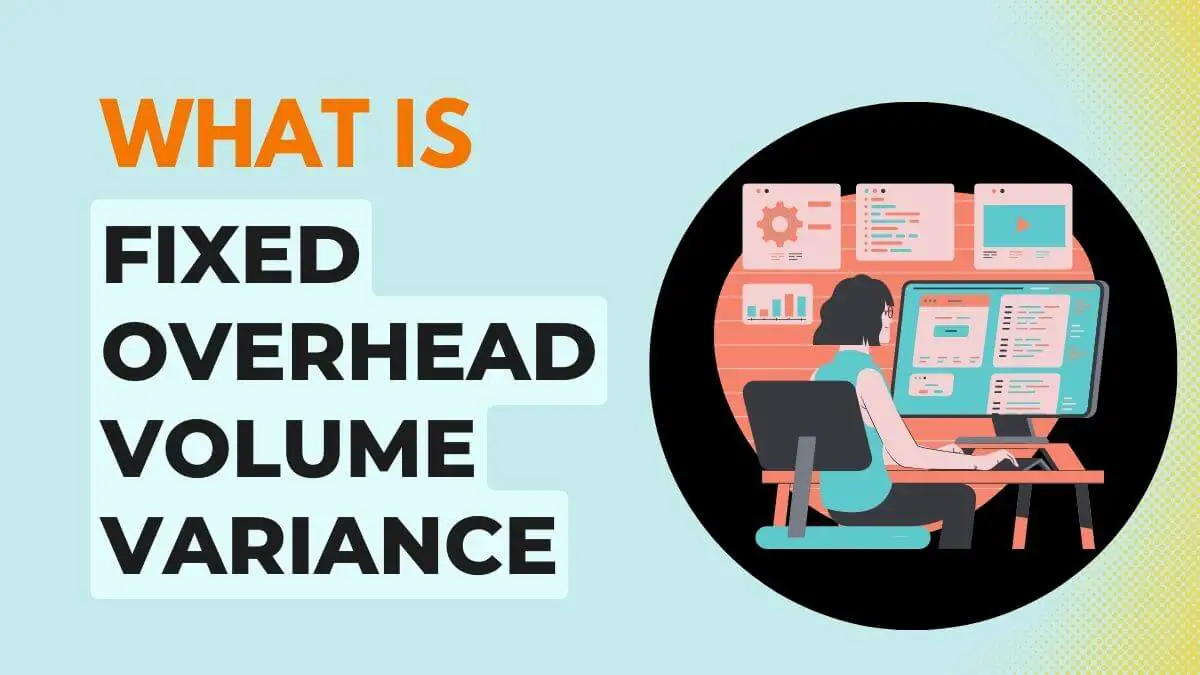
The fixed overhead volume variance is also referred to as the production volume variation because this variance is dependent on production volume. The volume variance quantifies the difference between two output levels in monetary terms. The first production level represents the period’s actual output. The second production level serves as the denominator in the budgeted […]
What is Throughput Costing? When to Choose it?

Throughput costing is a system based on the fact that most production costs will not vary at the level of the individual unit produced. Throughput costing, also known as super-variable costing, is a relatively recent concept. All expenditures except direct materials are treated as period expenses under throughput pricing. Unlike traditional costing methods that allocate […]
What is Idle Time in Cost Accounting
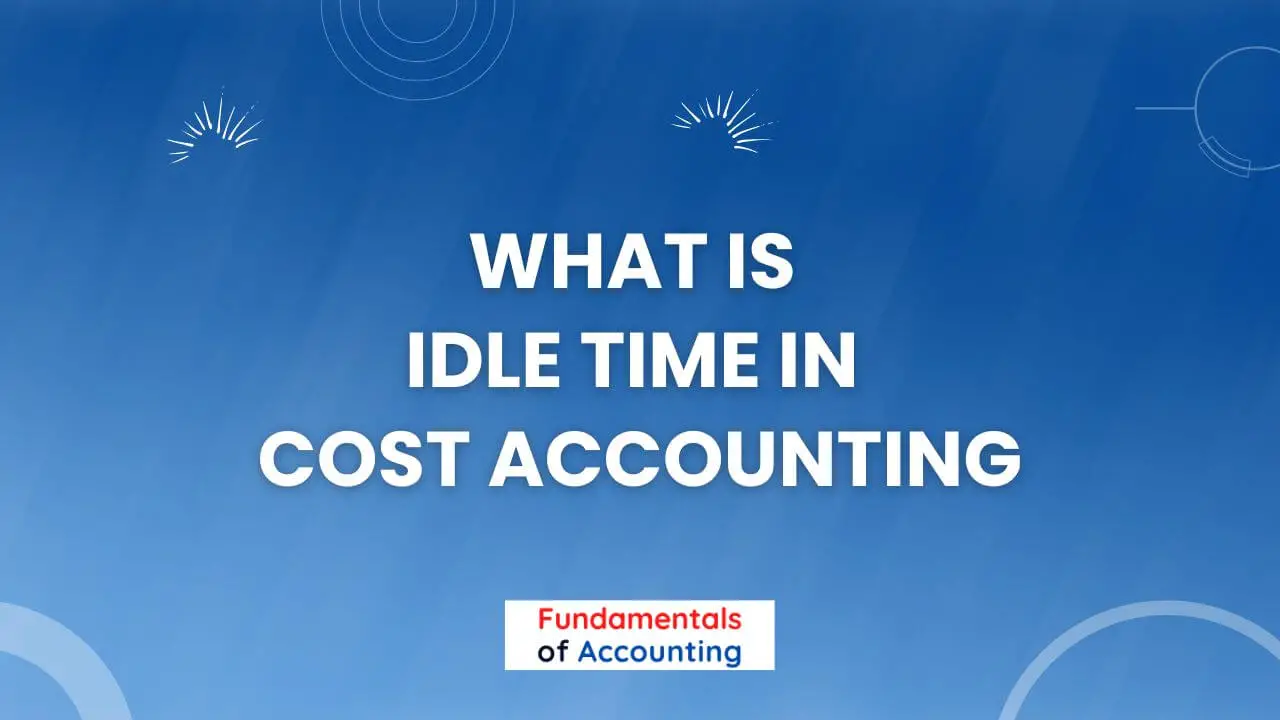
In cost accounting, idle time is when a production resource is available but not used. Idle time can occur for several reasons, such as when a production line is shut down for maintenance or when there is a shortage of raw materials. In many factories, idle time is a major source of inefficiency and wasted […]
